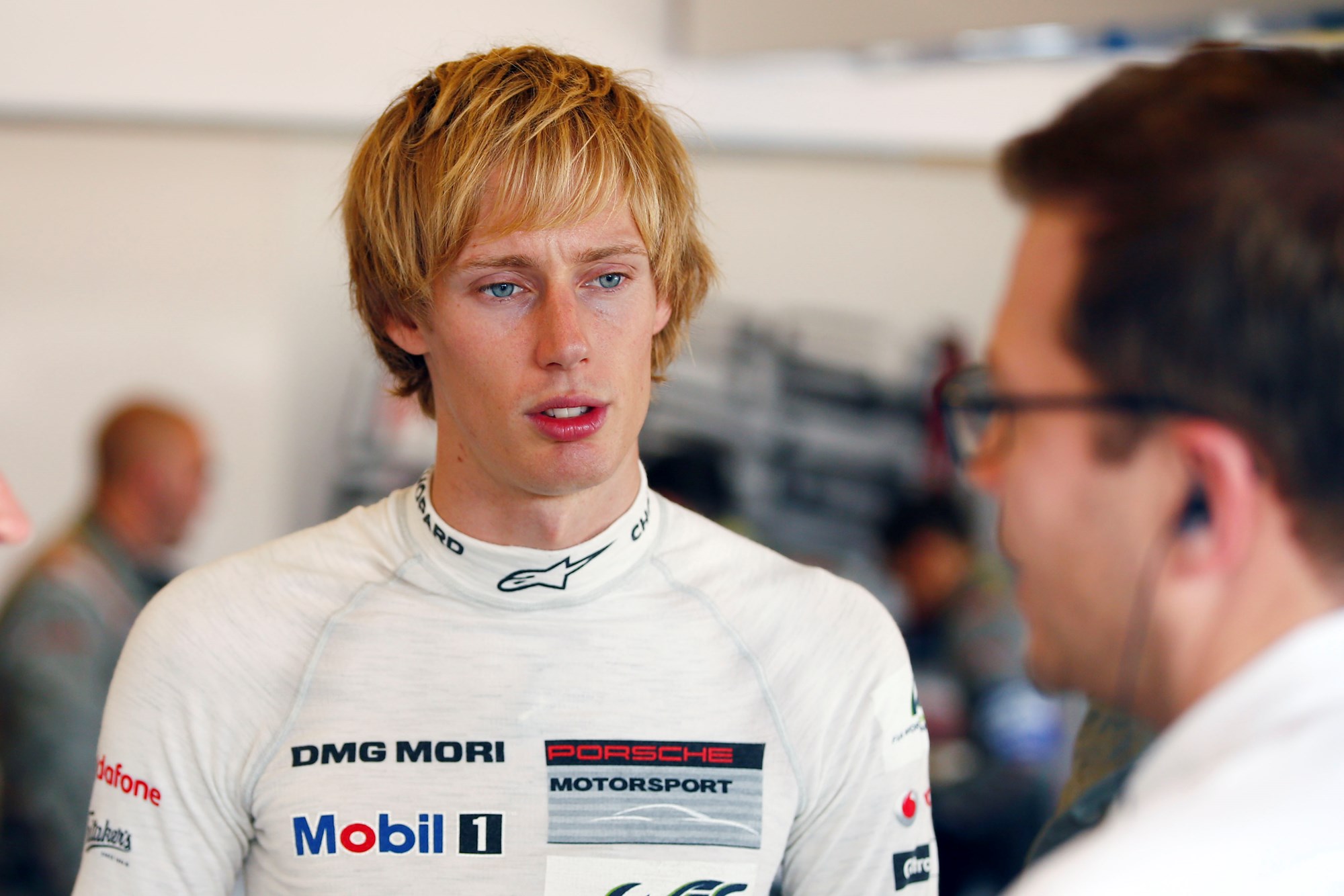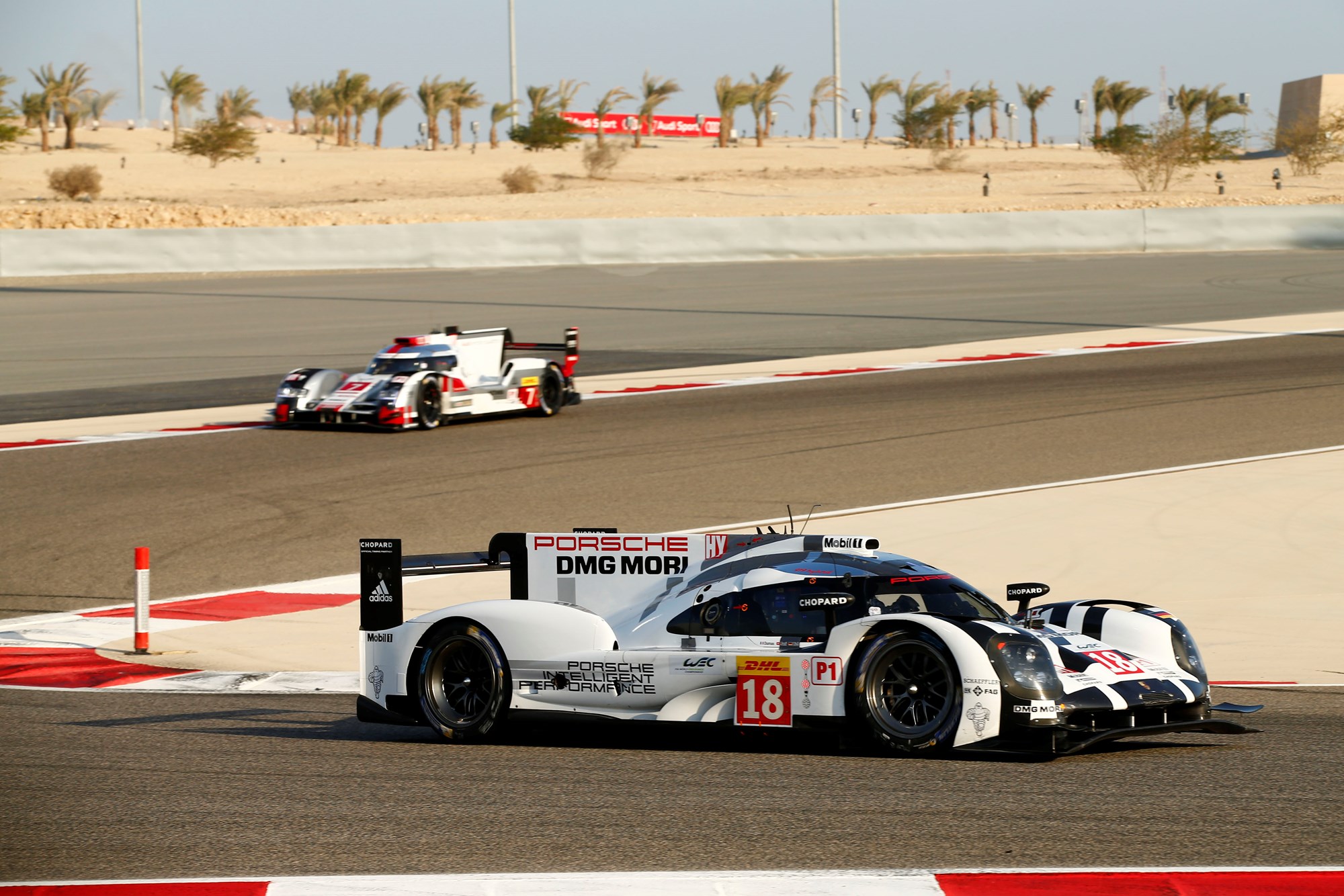All the six works drivers who have been competing regularly in the Porsche 919 Hybrid are going to race again in the 2016 FIA World Endurance Championship (WEC).
It will be the third consecutive year that Timo Bernhard (DE), Brendon Hartley (NZ) and Mark Webber (AUS) will share one of the Le Mans class one prototypes, with Romain Dumas (FR), Neel Jani (CH) and Marc Lieb (DE) racing with the sister car.

Kiwi LMP1 driver Brendon Hartley.
“In continual dialogue with the drivers, we have been constantly improving as a team. We trust and feel comfortable with each other. Said Team Principal Andreas Seidl.
"Without the extraordinary performances by their drivers, Porsche couldn’t have achieved this sensational level of success in 2015. The icing on the cake in terms of teamwork was the fact that in the season’s finale the trio of Bernhard, Hartley and Webber were only able to become world champions because Dumas, Jani and Lieb fought their way to win the race. This also proves how important it is in this championship to have two equally strong driver crews. We will build on that strength and continuity.”
In the name of cost cutting, the two VW group companies which compete in LMP1, Porsche and Audi, have agreed to enter two instead of their recent three LMP1 cars in the 24-hours at Le Mans, the highlight of the 2016 WEC season.
 In 2015, in what was only its second season in the WEC, the Porsche Team took the endurance racing crown jewels with a one-two result in Le Mans, and won the first manufacturers’ world championship since 1986 for Porsche.
In 2015, in what was only its second season in the WEC, the Porsche Team took the endurance racing crown jewels with a one-two result in Le Mans, and won the first manufacturers’ world championship since 1986 for Porsche.
Bernhard, Hartley and Webber won four six-hour races (the Nürburgring, Austin, Fuji, Shanghai) and became drivers’ world champions with a tally of 166 points. Their teammates, Dumas, Jani and Lieb, took their only race victory of the season at the final round in Bahrain, and came third in the world championship (138.5 points). At each of the eight WEC rounds Porsche 919 Hybrids took pole position as well as second place on the grid. The world champions started from pole five times, the sister car achieved three pole positions.
The ground breaking and highly complex 919 was created from scratch with lots of courage, instead of copying what the competition had done. Its hybrid system combines road relevant downsizing turbo technology with efficient fuel direct injection for the two-litre-four-cylinder combustion engine, and uses an entirely new state of art lithium-ion battery to store electricity from two different energy recovery systems – brake energy from the front axle and exhaust energy. The energy recovery from the exhaust is unique in the WEC and makes the 919 also able to generate electrical power when accelerating. The system’s power is almost 1,000 HP. The 919 Hybrid already has delivered important momentum for the development of road going sports cars, for example with regards to 800 Voltage technology for the Mission E.




